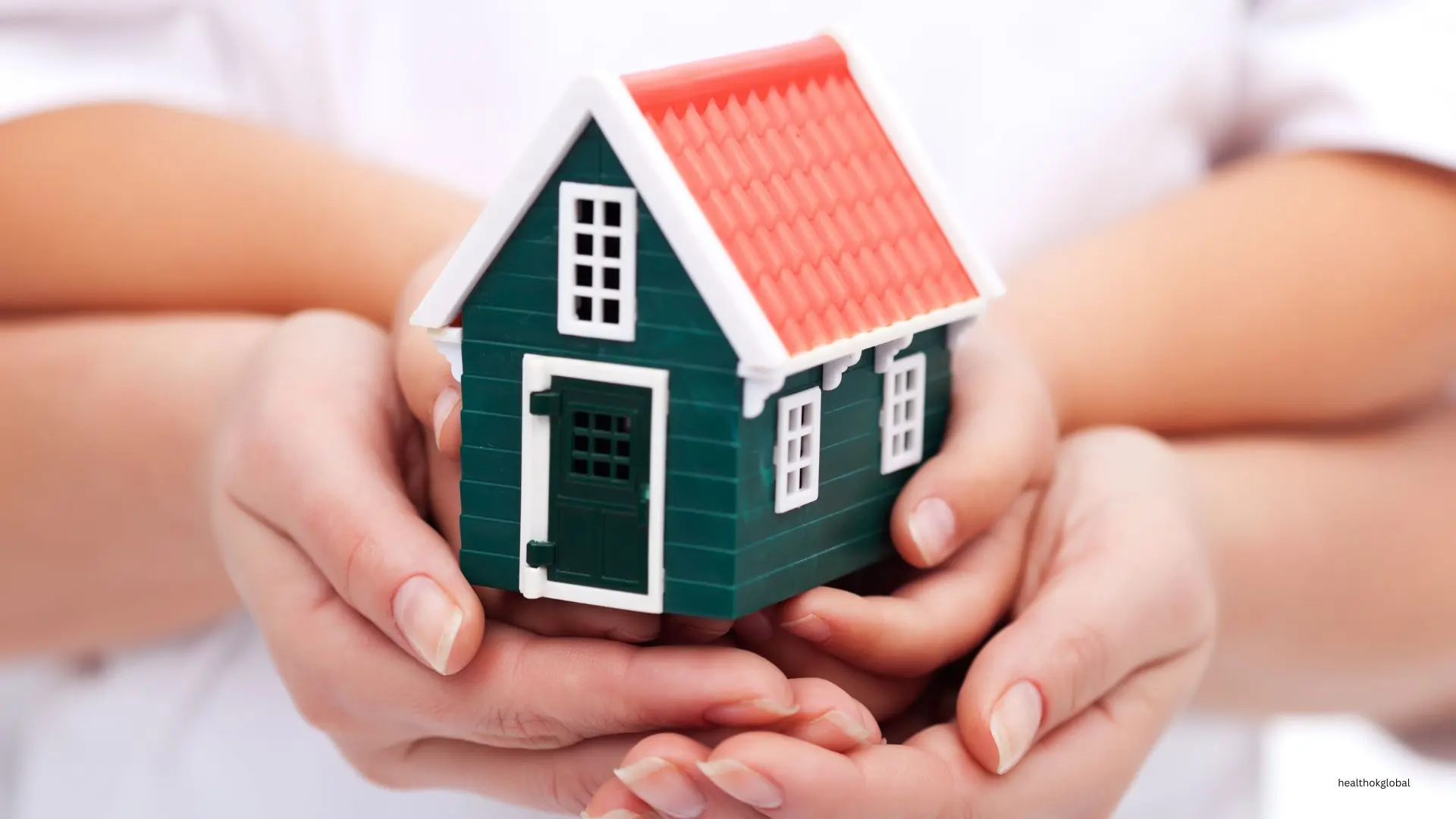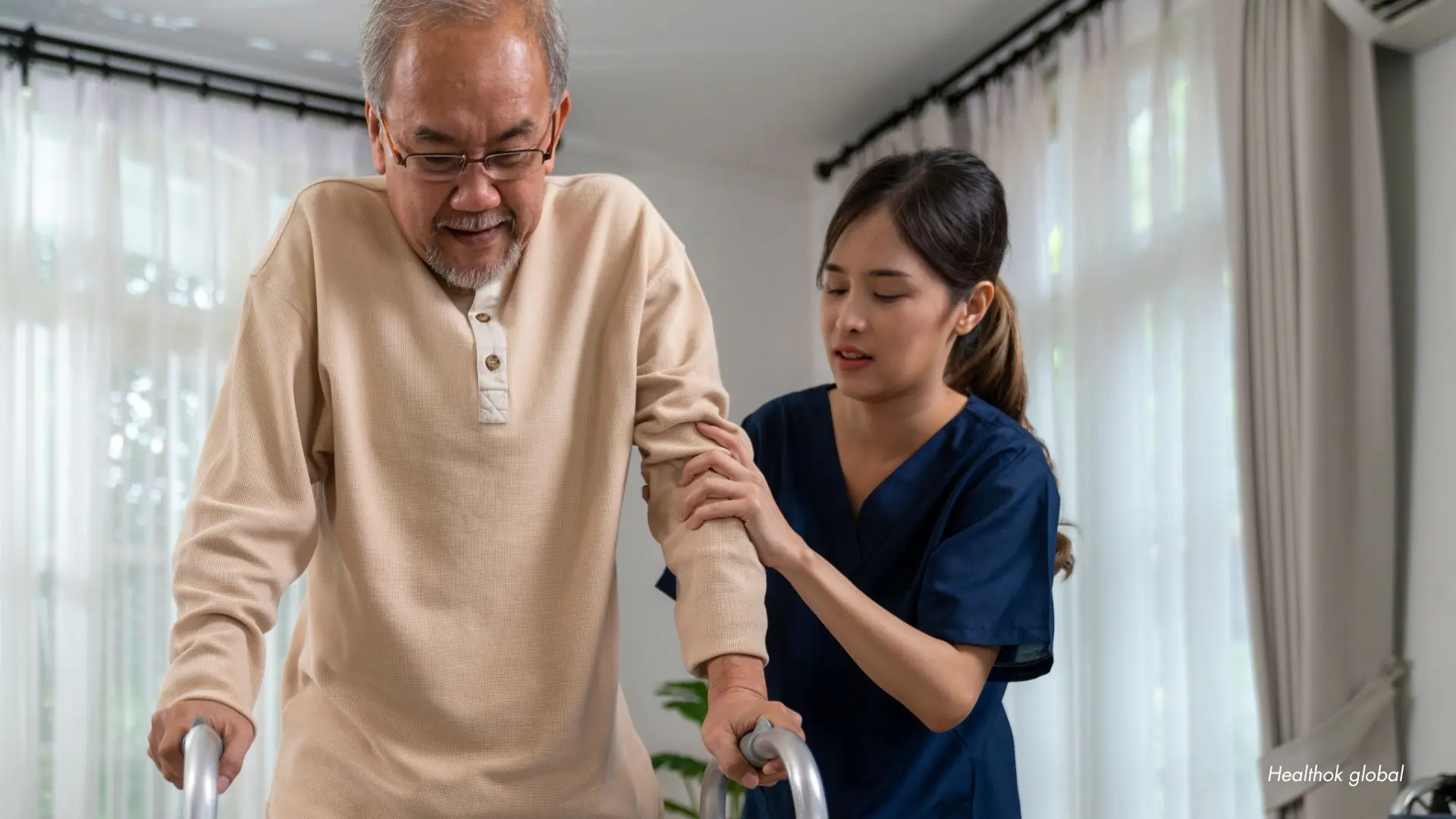Learn the top 5 safety rules to follow at home for a hazard-free and secure living environment. This detailed guide offers tips and practices to protect your family.

Blog
Top 5 Home Safety Tips: Keep Your Family Safe & Secure
Home is where we feel safest, yet statistics show that nearly 45% of all unintentional injuries occur at home, according to the National Safety Council. Whether it’s a minor slip or a major fire hazard, most domestic accidents are preventable with the right safety practices. This comprehensive guide highlights five essential safety rules at home, focusing on general, kitchen, bathroom, bedroom, living room, and outdoor areas. It also integrates key aspects of care for the elderly and addresses basic emergency preparedness, ultimately helping you create a safe, nurturing living space.
General safety measures form the foundation of a hazard-free home. These practices help mitigate common risks such as fires, falls, and medical emergencies. Here are the most effective safety tips for any household:
According to the National Fire Protection Association (NFPA), 3 out of 5 home fire deaths happen in properties without working smoke alarms. Install detectors in key areas such as the kitchen, hallways, and every bedroom. Test them monthly and replace batteries at least twice a year.
Have a printed list of emergency contacts, including poison control, local police, ambulance, and neighbors. This is especially critical for homes with elderly members who may struggle to access digital devices in emergencies. Stick the list near landlines and in the kitchen.
Develop a household emergency plan with fire escape routes, emergency exits, and a family meeting point. According to FEMA, practicing emergency drills twice a year helps improve preparedness and reduces panic during real emergencies.
Unsecured furniture and appliances can tip over and cause serious injury, especially to children and older adults. Use anti-tip brackets for shelves and dressers, and secure TV units to walls. According to a study by the Consumer Product Safety Commission (CPSC), over 22,500 people were treated in ERs due to tip-over incidents in one year alone.
A well-stocked first aid kit can be a lifesaver. Include antiseptic wipes, bandages, pain relievers, and specific medications for household members. Store it in an accessible location and review its contents every 3 months. Include a guide on how to treat minor injuries.
The kitchen accounts for the majority of home fires and accidental injuries. Implementing these safety rules ensures that this busy area remains safe and functional:
Unattended cooking is the leading cause of home kitchen fires. Always stay in the kitchen when using the stove or oven. Use timers to remind you when food is on the heat.
Keep towels, paper napkins, and plastic utensils away from burners. Maintain at least a 3-foot safety zone around the stove.
Cut away from your body, always use a cutting board, and store knives in a block or drawer with blade guards. Teach children to avoid handling knives without supervision.
Spills, especially oil and water, are leading causes of slips. Use absorbent towels and mop up spills as soon as they occur. Consider placing non-slip mats near the sink and cooking area.
Check cords for frays, avoid overloading power outlets, and unplug appliances like toasters and mixers when not in use. Faulty wiring is a common cause of kitchen fires.
Bathrooms are a hotspot for slips, electrical hazards, and accidental poisonings. These tips enhance safety for all age groups, especially seniors and children:
Install grab bars near the shower, tub, and toilet. According to the CDC, nearly 235,000 people over age 15 visit emergency rooms annually due to bathroom injuries, most involving slips.
Place non-slip mats inside and outside bathtubs and showers. Avoid loose rugs that slide easily.
Keep hair dryers, razors, and flat irons away from sinks and bathtubs. Unplug them immediately after use to prevent electrocution.
Set your water heater to below 120°F (49°C) to prevent scalds. Test water before bathing children or elderly family members.
Store medicines in a locked cabinet, especially those that pose a risk of overdose or misuse. This is crucial for homes with children or elderly members on regular prescriptions. Learn more about the unique health and safety needs of the elderly to provide better care.
Living and sleeping areas may seem low-risk, but improper setups can still pose hazards. Here’s how to maintain safety in these vital spaces:
Keep cords out of walkways to prevent tripping. Use surge protectors and childproof outlet covers. Avoid using multiple high-voltage devices on a single outlet.
Arrange furniture to create wide walkways, especially for seniors or people with mobility aids. Ensure stability of large items and avoid sharp-cornered tables in tight spaces.
Install soft lighting near the bed and along pathways to the bathroom. This helps prevent nighttime falls, especially among older adults.
Maintain a clutter-free space, especially around entryways and hallways. Use storage bins and shelves to keep the floor clean.
Use HEPA filters, regularly clean upholstery, and avoid indoor smoking to reduce respiratory hazards. This is particularly important for elderly care and can complement natural remedies and home care tips for conditions like hernia.
The outdoor environment of your home—driveways, patios, and gardens—must be secured to avoid falls, intrusions, or property damage.
Sweep leaves, remove snow, and fix uneven tiles or pavements to prevent slips. Use salt or sand in icy conditions to reduce slip hazards.
Use motion-sensor lights around entrances and dark corners. Proper lighting deters intruders and helps you navigate safely at night.
Anchor furniture and cover sharp garden tools. During storms, unsecured items can become dangerous projectiles.
Modern home security systems offer real-time surveillance and emergency alerts. Choose systems that integrate with your mobile device for remote monitoring.
Trim overgrown trees and shrubs that may block views or harbor pests. Remove branches that pose a fall risk or obstruct pathways.
Creating a secure and hazard-free living environment isn’t just about reacting to emergencies—it’s about preventing them in the first place. These five essential safety rules at home are grounded in practical, proven tips that enhance the well-being of every household member. From installing smoke detectors to securing your kitchen and bathroom, and from childproofing your living spaces to maintaining outdoor safety, these measures ensure peace of mind. Regular audits, updated emergency plans, and inclusion of elderly care considerations make your home truly safe for all generations.
Falls, burns, electrical hazards, and poisoning are among the top causes of injuries at home. Most can be avoided by following safety protocols.
Smoke detectors should be tested monthly and batteries replaced twice a year. The entire unit should be replaced every 10 years.
Yes, especially if you have toddlers. Safety gates, outlet covers, corner protectors, and locked cabinets are essential in preventing accidents.
Install grab bars, improve lighting, declutter pathways, and ensure medication safety. Learn more about supporting older adults at HealthOK’s guide on the eight needs of the elderly.
Essentials include bandages, antiseptic, tweezers, painkillers, gloves, allergy medication, and a first aid manual.
HealthOK Global simplifies healthcare with expert guidance, access to affordable medicines, and personalized health plans. Chat with our FREE 24 x 7 Helpline at +91-8047190955 for support anytime.
Falls, burns, electrical hazards, and poisoning are among the top causes of injuries at home. Most can be avoided by following safety protocols.
Smoke detectors should be tested monthly and batteries replaced twice a year. The entire unit should be replaced every 10 years.
Yes, especially if you have toddlers. Safety gates, outlet covers, corner protectors, and locked cabinets are essential in preventing accidents.
Install grab bars, improve lighting, declutter pathways, and ensure medication safety. Learn more about supporting older adults at HealthOK’s guide on the eight needs of the elderly.
Essentials include bandages, antiseptic, tweezers, painkillers, gloves, allergy medication, and a first aid manual.
Need Personalized Health Guidance?
Get expert advice tailored to your specific health needs from our qualified healthcare professionals.





